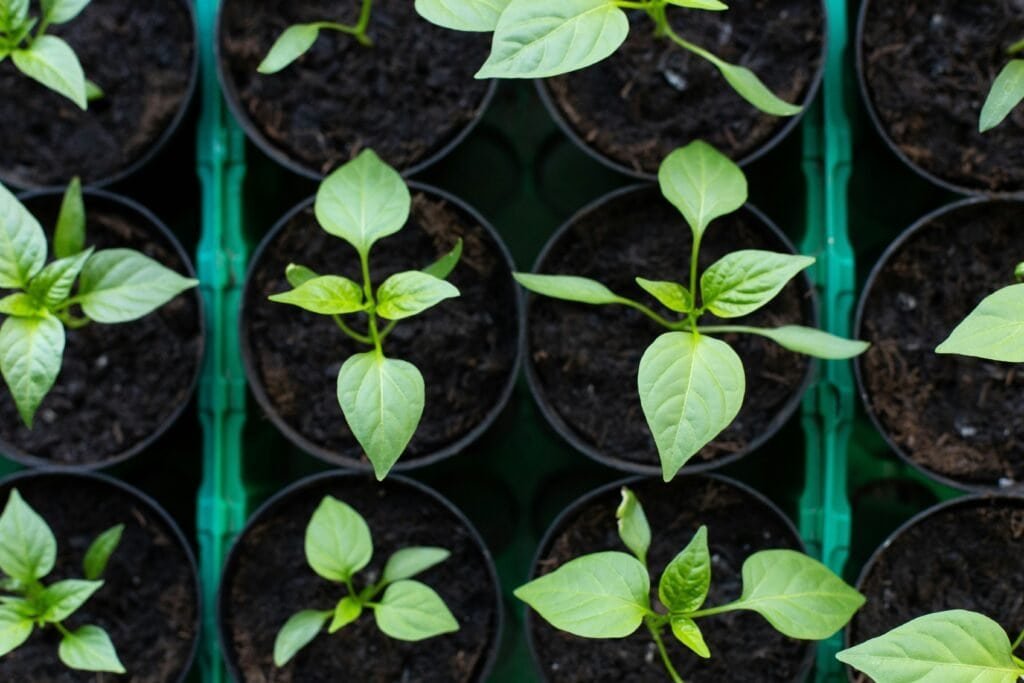What Is Compost?
Compost is composed of organic material ranging from leaves and wood chips to household refuse which, when broken down, becomes one of nature’s best garden fertilizers and richest mediums for potted plants. It is made up of waste material that is generally high in either carbon or nitrogen.
Why Compost?
Below are just a few of the excellent reasons why so many gardeners and horticulturists are taking advantage of this time-tested practice:
- Easy, convenient way to dispose of garden refuse (often prohibited from city dumps)
- Ideal for growing organic herbs, fruits and vegetables
- Conserves dwindling landfill space
- Saves money on fertilizer and other store-bought gardening products
- A good alternative to chemical fertilizer for parents, pet-owners, and others concerned with the environment and their health
- Helps ward off pests and weeds without chemical pesticides or herbicides
- Improves plant growth and quality
- Reduces erosion and run-off
- Restores nutrients back into the soil
- Helps loosen soil and can be used as mulch
- Breaks down clay based soils
For the first time, the new Urban Compost Tumbler (UCT) is making composting practical and easy for gardeners in just about any urban or suburban setting.
What makes High Quality Compost?
High quality compost is compost that is completely “done” and ready to use. It should resemble soil and have a pleasant, earthy aroma. Lower quality compost is more sludge-like and bears a foul odor. It is usually made of materials that have not fully broken down.
Composting ‘Recipe’
You can use almost any recipe or formula for composting in the Urban Compost Tumbler you like. However, following some basic rules will help. You need Carbon (brown stuff), Nitrogen (green stuff), Oxygen, Moisture, and Time in the mix. The degree of attention you give to the materials you use, the quality of those materials, their ratios in the mix, particle size and moisture control will all influence the speed of composting and its quality.
What to Compost
With only a few exceptions, if it is a plant and grows out of the ground or in the water, you can compost it. All organic material contains carbon and nitrogen to greater or lesser degrees. Materials high in carbon generally are brown in color (autumn leaves, straw, dry grass, etc.) and materials high in nitrogen are frequently green in color (fresh cut green grass, kitchen scraps, etc.).
A good rule of thumb is to have roughly equal amounts of “brown” and “green” material, by weight. This is known as the 50/50 rule and will tend to balance the carbon to nitrogen ratio to the appropriate level. Since measuring and weighing all your material can be tedious, the 50/50 by weight rule is simpler and usually accurate enough.

Compost must be turned more frequently to get oxygen back into the mix when using higher nitrogen ratios. A real advantage of the Urban Compost Tumbler is you no longer need to be as concerned with this ratio, the patented aeration system takes care of that.
Odor and pests are not a problem as the Urban Compost Tumbler is an enclosed unit and turning the tumbler daily requires very little effort as opposed to turning a compost pile. Excess moisture can cause odor problems, the while composting, the compost should be about as damp as a wrung out sponge.
Another rule of thumb to remember when mixing material for composting is, the more varied the materials, the richer the compost. When practical, try using a variety of “greens” and “browns” in the mix. Below is a general guideline of example materials to use and not use in composting. This will vary based on materials available and the individual’s experience in composting.
Compost Materials
| Nitrogen Rich (Green) | Carbon Rich (Brown) | Not Recommended |
|---|---|---|
|
|
|
Composting Using the Urban Compost Tumbler
Collect and Prepare the Material:
- Gather together enough “brown” and “green” material to fill your Urban Compost Tumbler all at once.
- Using the 50/50 rule, by weight, use approximately half-green and half-brown material. For ideal composting results, prepare the material so the particles are approximately 1/2″ to 2″ inches or less in size.
- Use a chipper for larger items or your lawnmower for smaller items.
Fill the Urban Compost Tumbler:
- Leaving a little compost (seasoning) in the barrel from the time before. Begin putting in equal amounts of “brown” and “green” material.
- Every 5″ to 8″ you may want to add a handful of a natural compost starter, alfalfa pellets, or manure, and then dampen if needed.
- The mix should be as damp as a wrung out sponge. It should feel wet but you should not be able to squeeze out water.
- It is important to avoid packing the material down too much, as it will impede mixing when the unit is tumbled.
- Leave a little empty room in the barrel to allow mixing. Also remember that a full barrel will turn easier than when half full.
Let Nature Do the Rest:
- Screw on the lid (be sure the aeration holes are (open/clear) and let it sit.
- Weekly, rotate the tumbler 2 or 3 times in each direction – daily rotation is even better.
- Oxygen is the key to rapid composting.
- Especially during the first week or so, check to be sure that the material was not packed so tight that it is not mixing when tumbled.
That’s It! You will have beautiful compost in as little as two weeks!



